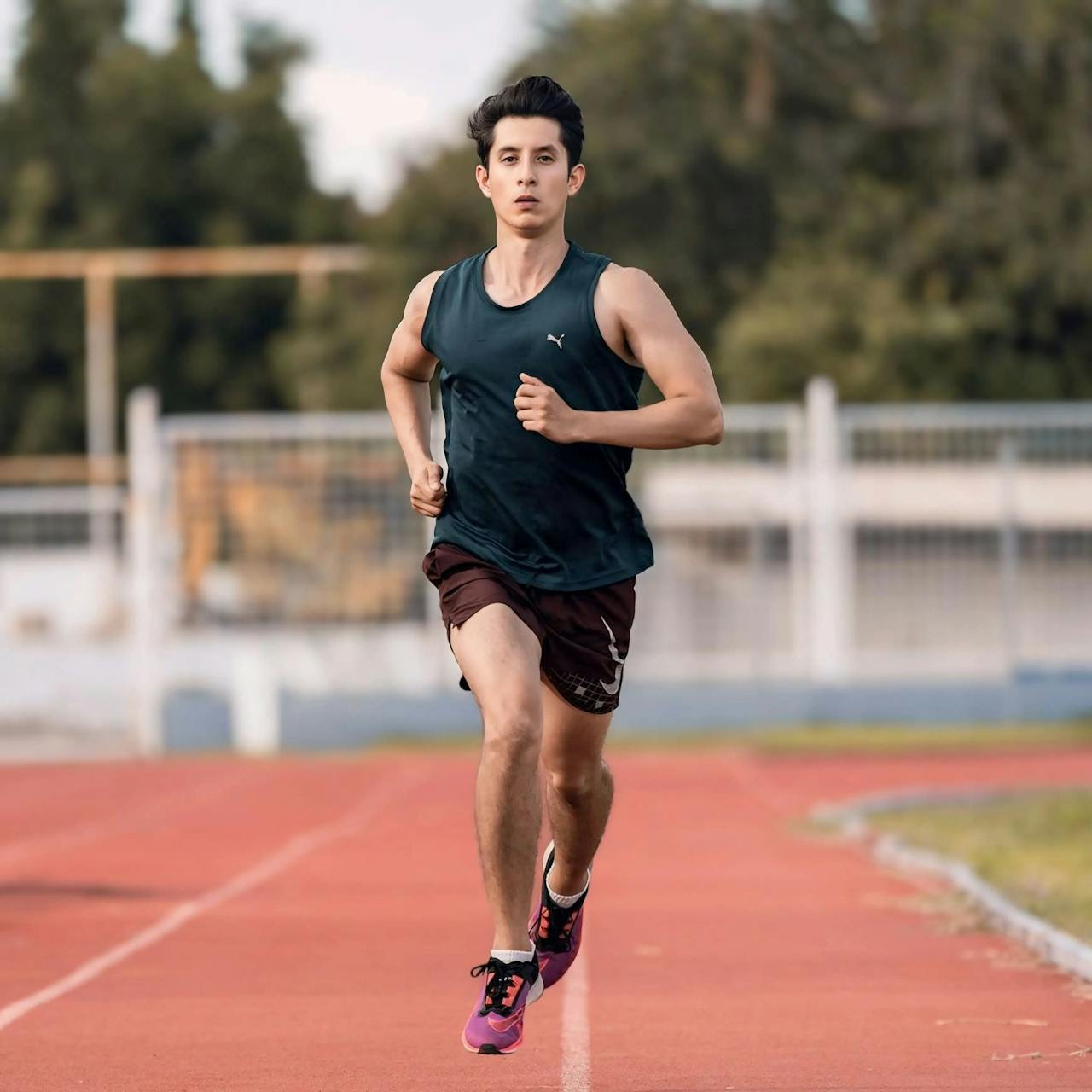Running is an excellent way to stay fit, but it also places significant stress on the feet and lower legs, leading to injuries like plantar fasciitis and shin splints. These common conditions can cause persistent pain and limit a runner’s ability to train. Many runners are turning to low-level laser therapy (LLLT), a non-invasive treatment that effectively reduces pain and inflammation, to manage these injuries and speed up recovery. In this guide, we’ll explore how LLLT can help runners treat plantar fasciitis and shin splints and get back to doing what they love.
Understanding Low-Level Laser Therapy (LLLT) for Injury Recovery
Low-level laser therapy uses specific wavelengths of light to penetrate the skin and stimulate cellular processes. This energy reaches tissues beneath the skin’s surface, promoting healing and reducing inflammation without causing heat damage or discomfort. LLLT is commonly used for treating musculoskeletal injuries, making it an ideal solution for runners managing foot and leg pain.
A device like the Handy Cure Low-Level Laser provides runners with an accessible way to incorporate laser therapy into their treatment routine, helping to reduce pain, inflammation, and recovery time.
Treating Plantar Fasciitis with Laser Therapy
Plantar fasciitis is a condition that causes sharp heel pain due to inflammation of the plantar fascia, a thick band of tissue running across the bottom of the foot. It’s particularly common among runners, as repeated stress on the foot can cause microtears and inflammation.
How LLLT Supports Recovery from Plantar Fasciitis:
- Reduces Inflammation: LLLT helps diminish inflammation in the plantar fascia, reducing pain and tenderness.
- Promotes Healing at the Cellular Level: By increasing ATP production, LLLT supports cellular repair, helping the tissue heal more effectively and reducing the risk of chronic pain.
- Relieves Pain: LLLT reduces nerve sensitivity in the affected area, providing effective pain relief and allowing runners to return to training more comfortably.
Using LLLT with a device like the Handy Cure Low-Level Laser is an excellent way for runners to target heel pain and inflammation directly. Consistent use can offer noticeable improvements, especially when combined with stretching and supportive footwear.
Managing Shin Splints with Laser Therapy
Shin splints, also known as medial tibial stress syndrome, are characterized by pain along the shinbone, typically caused by overuse or repetitive stress. They’re a common complaint among runners, especially those who increase mileage too quickly or run on hard surfaces.
How LLLT Supports Recovery from Shin Splints:
- Reduces Inflammation in the Muscles and Bone: LLLT reduces inflammation along the shinbone, alleviating pain and tenderness.
- Accelerates Tissue Repair: By boosting cellular energy, LLLT speeds up the healing of muscle and bone tissues stressed by repetitive impact.
- Relieves Pain for Quicker Recovery: Laser therapy reduces pain by targeting nerves in the area, helping runners feel more comfortable during recovery.
For effective shin splint management, incorporating targeted stretches can help alleviate pain and improve flexibility in the lower leg. Healthline’s Guide to Shin Splint Stretches provides a comprehensive list of stretches that are designed to relieve tension along the shinbone, strengthen supporting muscles, and enhance overall resilience against injury. Combining these stretches with low-level laser therapy (LLLT) can further reduce inflammation and promote faster recovery, giving runners a balanced approach to managing and preventing shin splints.
Benefits of Laser Therapy for Runners
- Non-Invasive and Safe for Regular Use: LLLT provides effective relief without the need for medications, injections, or invasive procedures, making it a safe choice for consistent use.
- Quick and Convenient Treatment: The Handy Cure Low-Level Laser is compact and easy to use, allowing runners to incorporate it into their daily routines for ongoing pain management and recovery.
- Supports Recovery and Reduces Downtime: By addressing inflammation and promoting cellular repair, LLLT shortens recovery times, helping runners return to training more quickly.
Integrating LLLT with Other Treatments for Optimal Recovery
While LLLT is highly effective on its own, combining it with other treatments enhances its benefits:
- Stretching and Strengthening Exercises: Stretching the calves, Achilles tendon, and foot muscles can reduce strain on the plantar fascia and shins.
- Rest and Recovery: Allowing the body adequate rest is crucial for recovery. LLLT can accelerate tissue repair during rest periods, helping runners recover more efficiently.
- Supportive Footwear and Orthotics: Proper arch support reduces strain on the plantar fascia and helps prevent shin splints. Wearing the right shoes can enhance LLLT’s effects by providing ongoing support.
- Ice Therapy for Acute Pain: For intense pain after a run, combining LLLT with ice therapy can further reduce inflammation and provide faster relief.
Frequently Asked Questions
- How often should I use LLLT for plantar fasciitis or shin splints?
For best results, runners can start with daily LLLT sessions, especially during acute phases of pain. Once symptoms improve, 3–4 sessions per week may be enough to maintain recovery. - How soon can I expect to see results?
Many users report pain relief within a few sessions, but chronic conditions like plantar fasciitis may take a few weeks of consistent treatment for significant improvement. - Can I continue running while using LLLT?
It’s often recommended to rest or reduce running intensity when managing plantar fasciitis or shin splints. LLLT supports quicker recovery, but a gradual return to training is advisable.
Final Thoughts
For runners dealing with the pain and limitations of plantar fasciitis and shin splints, low-level laser therapy offers a promising solution. By reducing inflammation, promoting healing, and providing pain relief, LLLT helps runners recover faster and return to training with less discomfort. A device like the Handy Cure Low-Level Laser offers a practical and effective way to treat these injuries at home.
Combined with preventive practices like stretching, supportive footwear, and adequate rest, LLLT enables runners to manage injuries, enhance performance, and protect against future strain.
